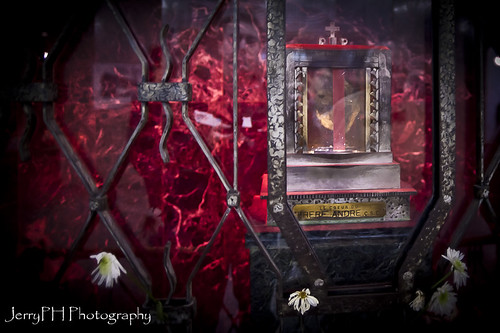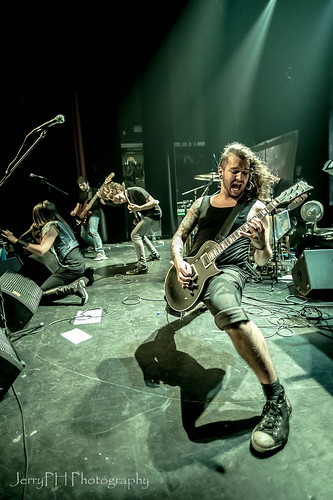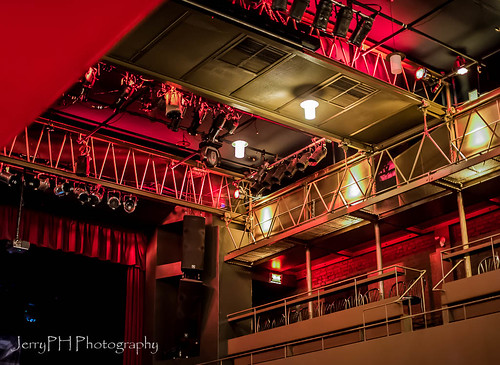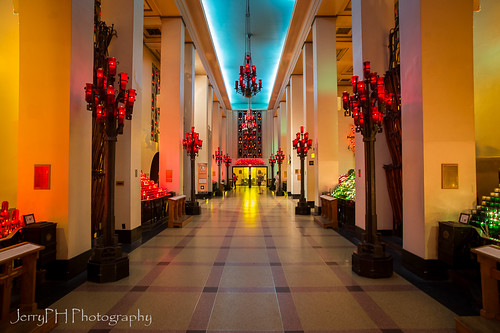"Pretty certain if you shoot at 100 ISO and underexposed the shot by 5EV, and then recover in post, there would really be no difference, IQ wise, if you had shot it the same at 1600 in the first place."
"go test it sometime."

Yep, at least on a Nikon 610.
It's kinda how all digital cameras work...
View attachment 115648
View attachment 115649
colors got a little off here, but that may have been something i did. this was just quickly done sitting here on the couch with a cat in my lap. IQ-wise, they are pretty much identical. All you're doing by turning up the ISO is basically moving the EV slider to make the light meter happy -- in camera might process it a bit better, but all-in-all it's the same idea. If I tossed the color, you would have no idea which was which.
Wow, something is really wonky here... that you can actually get similar exposures with the camera set to ISO 400 and ISO 3200 and all the other camera settings identical?? Man there is something strange going on there... like a ton of manipulation in post to correct for the 3 stops in exposure that there SHOULD be.
If you had shown 1/60th@F/5.6 and ISO 400 and 1/500th@F/5.6 and ISO 3200, THEN you have matching exposures. No man, your samples are not accurate at all, and then even your colours go all off.
BTW, in all cameras, there is a lot more happening in between ISO 100 and ISO 1600. A D610 loses probably a good 2 stops of dynamic range in that range as well as introduce a small amount of noise.
The golden rules to shooting high ISO are:
1. First and foremost, NAIL the exposure. Get it wrong, toss the photo out right there.
2. KNOW your camera. When it comes to higher ISO and how it affects your camera, go to a dark location and take 30 minutes and play. By dark location, I suggest places that start at 1/60th@F/2.8 at ISO 6400. Those are the kinds of places that separate the men from the boys... lol
3. Its no sin to use noise reduction in post process. In fact, removing noise in post is far superior to removing the noise in camera. In fact, mine is never turned on at all.
4. Shoot the highest resolution of RAW that your camera gives you.
When I first got my D4, I didn't see many articles about how well it REALLY did in real life. I learned fast that this camera shoots at ISO 6400 the same way my D700 shot at ISO 1600, and that I could EASILY get a useable shot at ISO 204,800, and pretty good shots 1 stop lower at ISO 102,400. Anything less was usable professionally even on larger prints with a touch of noise reduction in post.
Concerning auto ISO... I *never* use it, not in fast pace situations, not in slow paced situations. I set it for the LOWEST settings that get me the shot, and to do that, it helps a lot if your hand holding technique is good, because that way you can shot that scene at 1/15th of a second and F/2 and ISO 1600 instead of needing 1/125th, F/2 and ISO 6400 on a 50mm lens. I practiced for many hours to squeeze the most out of my camera and especially the longer lenses like the 135mm F/2 and the 70-200mm at F/2.8 and 200mm, and even today I often go into dark places (I love churches, they are inspiring as are many dark places In the city at night!) to keep sharp.
Nikon D700, ISO 1600 F/1.8 and a shutter speed of 1/15th of a second @ 20mm, 100% hand-held.
If you were there, you would not even see ANY details of what is inside the case.
D4, 20mm at F/2, ISO 12,800. I needed 1/25oth to freeze motion. At 1/125th his face, hands and hair motion blur, not something that I wanted.
Finally, how abut ISO 102,400 at F/2 and 1/30th on a D4 in a dark location with the 135mm lens and hand held? Ok, here you go. In real life this location was so dark, you could not make out the vents to the right of the light!
A few years ago a nice kid and I went through the old "camera makes no difference" debate. So I asked him to grab his camera and follow me into the church I usually go to... it starts at F/1.8, ISO 6400 and 1/15th... and gets darker from there (yes that is a completely candle lit room!).

At the end of the visit we both promised to post our pics in the forum. The next day, I posted mine... and he never came back to that forum ever again and never posted even one shot. I guess his camera did not fare very well.
My point was not that a good camera can take good pics, but that a knowledgeable user can take a great camera and get better results than with a good camera under challenging situations.
Anyways, that's my thoughts about high ISO in a nutshell.


 Yep, at least on a Nikon 610.
Yep, at least on a Nikon 610.











![[No title]](/data/xfmg/thumbnail/32/32721-63e870bb6055043e46744e5ac505d9bf.jpg?1734162372)
![[No title]](/data/xfmg/thumbnail/37/37136-40f690dc7da693c09d7c99c3782954b8.jpg?1734169835)




![[No title]](/data/xfmg/thumbnail/37/37134-5a2bb173004bc7a08fdf2124814ebdc1.jpg?1734169835)